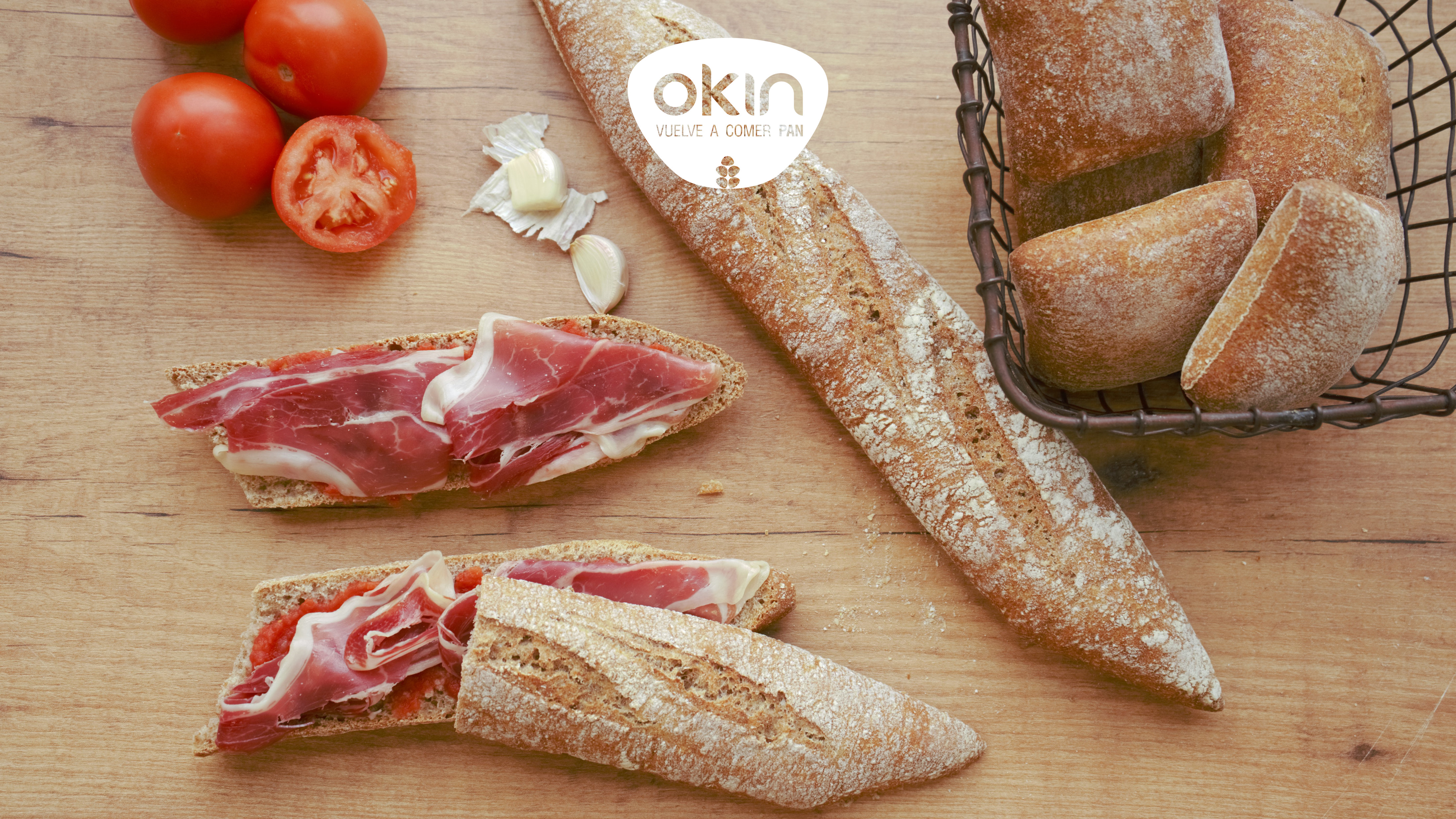07.10.2025
Whole Wheat Bread vs White Bread: Which One Is Healthier?

Compare whole wheat bread and white bread, discover their nutritional differences, and choose the healthiest option for your diet and well-being.
Whole Wheat Bread vs White Bread: Which One Is Healthier?
The debate between whole wheat and white bread is common when it comes to maintaining a balanced diet. Both types of bread can be part of a healthy eating plan, but they differ in their production process, nutritional content, and health benefits. Below, we explore these differences in detail to help you make the best decision according to your needs and preferences.
Nutritional Differences Between Whole Wheat and White Bread
The main difference between whole wheat and white bread lies in the type of flour used. Whole wheat bread is made from flour that retains the entire grain, including the bran and germ, which provides more fiber, vitamins, and minerals. In contrast, white bread is made with refined flour, from which parts of the grain are removed during milling, reducing its nutritional content. This difference in composition directly influences the health benefits each type of bread can offer.
Health Benefits of Whole Wheat Bread
Whole wheat bread stands out for its higher fiber content, which helps regulate intestinal transit and provides a greater feeling of fullness, thus helping control appetite. White bread, on the other hand, tends to have a softer texture and a more neutral flavor, making it the preferred choice for those seeking lighter, easier-to-digest options, although its nutritional value is lower than that of whole wheat bread.
Advantages of White Bread in Certain Diets
Although white bread is often considered less nutritious than whole wheat bread, it has characteristics that can make it suitable for people with specific dietary needs. Its softer texture and milder flavor make it easier to eat for those who have difficulty chewing or digesting high-fiber foods, such as older adults, people recovering from gastrointestinal illnesses, or young children.
Since white bread is made with refined flour, it contains less fiber and is therefore digested more quickly, which can be advantageous in cases where a soft or easily assimilated diet is required. Moreover, with fewer whole components, it is less likely to cause intestinal discomfort in people with sensitive digestion.
However, it is important to remember that white bread provides fewer vitamins and minerals than whole wheat bread, and excessive consumption may cause spikes in blood glucose levels due to its higher glycemic index. Therefore, the choice should be based on each person’s needs and conditions, always prioritizing variety and balance in daily nutrition.
Which Is Better for Digestion?
Good digestion refers to the process by which food is efficiently broken down and absorbed, allowing the body to benefit from nutrients without causing discomfort such as heaviness, bloating, or intestinal unease. Optimal digestion is associated with overall well-being and sustained energy throughout the day.
While whole wheat bread excels for its fiber content—supporting intestinal transit and long-term digestive health—it’s important to note that its higher fiber levels may make digestion more difficult for some people. For those not accustomed to a high-fiber diet or with sensitive digestive conditions, whole wheat bread may feel heavier, causing fullness, gas, or stomach discomfort. Therefore, although it provides multiple benefits, it is not necessarily the easiest to digest for everyone; white bread, with less fiber, is generally easier to digest and recommended in situations where a gentle diet is required.
Which Raises Fewer Calories and Glucose Levels?
Whole wheat bread, by preserving the entire grain, not only provides more fiber but also contributes to a slower release of glucose into the bloodstream. This is especially important for those seeking to control blood sugar levels and avoid post-meal glucose spikes. Thus, choosing whole wheat bread can be beneficial for metabolic health and for those aiming to maintain a more balanced nutritional profile.
At OKIN, you’ll find a wide variety of breads to suit different tastes and nutritional needs. The catalog includes both white and whole wheat options, featuring products made with high-quality flours. Among them are the 100% Whole Wheat Chapatita, ideal for those who prefer a smaller format, and the 100% Whole Wheat Loaf, perfect for lovers of traditional whole wheat bread. OKIN also offers balanced blends such as the Viena Gourmet 51% Whole Wheat, which combines softness and flavor with a significant contribution of fiber, vitamins, and minerals, supporting proper digestive function.
Do you need frozen bread for your business? We can help!
At OKIN, we use a temperature-controlled freezing system that fully preserves the product, without using additives or preservatives. This process ensures that our breads maintain their original freshness, flavor, and texture, allowing you to enjoy bread that tastes just like freshly baked once thawed.
Discover here our range of breads and find the perfect one for you!









